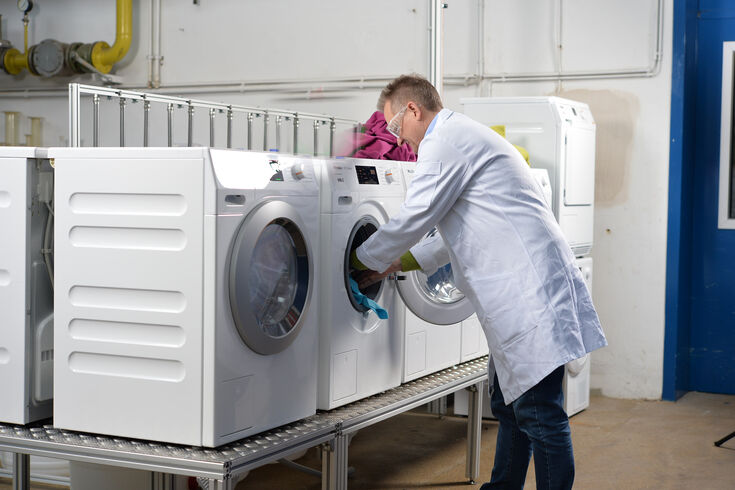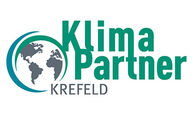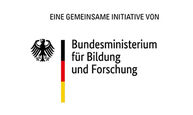Some of the microplastics in the oceans come from synthetic textiles, with individual studies estimating that up to a third comes from these synthetic textiles. When textiles made of synthetic fibers such as polyester are washed, tiny particles are released from the garment. To reduce the release of microplastics, Zara Home has launched the laundry detergent "The Laundry by Zara Home", which reduces the release of microplastics of textile origin by up to 80%. Researchers at the Faculty of Textile and Clothing Technology at the Hochschule Niederrhein are supporting the development with test scenarios.
Microplastics are small plastic particles with a diameter of less than 5mm. "The problem of "fibrous microplastics" must be addressed at all levels. Through targeted fiber selection, gentle processing and also controlled intermediate cleaning of textiles, the content of microplastics can be minimized. Emissions in laundry should also be reduced, even though wastewater treatment plants in Germany retain around 95 percent of these particles. The new detergent makes a contribution to this," says Prof. Dr. Maike Rabe, head of the Research Institute for Textile and Clothing (FTB) at the Hochschule Niederrhein.
The Hochschule Niederrhein's Mönchengladbach campus has been conducting research in the washing and filtering laboratory for many years. The detergent was jointly developed by Inditex and BASF Home Care and I&I Solutions in Spain and Germany. "We were involved in quantifying the results. To do this, we performed 200 wash cycles and various test scenarios," says Stefan Brandt, academic staff at FTB.
For this, the garments are washed with the detergent in different programs. After each wash, the wastewater is collected and analyzed. "The tests show that we were actually able to find less microplastic in the wastewater than when using the comparison product provided," Stefan Brandt said.
According to the developers, the detergent has another advantage: it can be washed at a low temperature. This means the washing temperature can be reduced from 40°C to 20°C. This saves energy and reduces the ecological footprint.
















